Boots For Men
₹199.00
Key Features
| Characteristic | Description |
|---|---|
| Color | Black, Beige |
| Inner material | Comfort Foam |
| Outer material | Synthetic Leather |
| Ideal for | Men |
| Occasion | Casual |
| Type For Casual | Boots |
| Sole material | TPR |
| Closure | Lace-Ups |
| Weight | 700 g (per single Shoe) – Weight may vary by size |
| Upper Pattern | Color blocked |
1. Material: Boots can be made from various materials, including leather (genuine or synthetic), suede, canvas, and more. The choice of material affects the boot’s appearance, durability, and suitability for different weather conditions.
2. Durability: Boots are known for their robust construction and durability. They are built to withstand challenging environments and provide lasting protection.
3. Versatility: Depending on the style and material, boots can be versatile enough to pair with jeans, trousers, suits, or outdoor attire. Their adaptability makes them suitable for a wide range of occasions, from casual outings to formal events.
4. Weather Resistance: Many boots, especially those designed for outdoor use, are weather-resistant or waterproof, keeping your feet dry and comfortable in rain or snow.
5. Support and Comfort: Modern boots often feature cushioned insoles, padded collars, and arch support, ensuring that they are not only durable but also comfortable for extended wear.
6. Traction: The outsoles of boots are designed for stability and traction, making them suitable for various terrains, including slippery or uneven surfaces.
7. Closure: Boots may have different closure systems, including lace-ups, zippers, buckles, or slip-on designs, depending on the style and intended use.
8. Heel Height: Some boots have a flat or low heel, while others may have a higher heel for added style or functionality.
9. Safety Features: Work and outdoor boots often include safety features such as reinforced toes, electrical hazard protection, and slip-resistant soles.
| Size | 7, 8, 9, 10, 11, 12 |
|---|---|
| Color | Black, Brown |
Be the first to review “Boots For Men” Cancel reply
Related products
Casual Shoes
Men

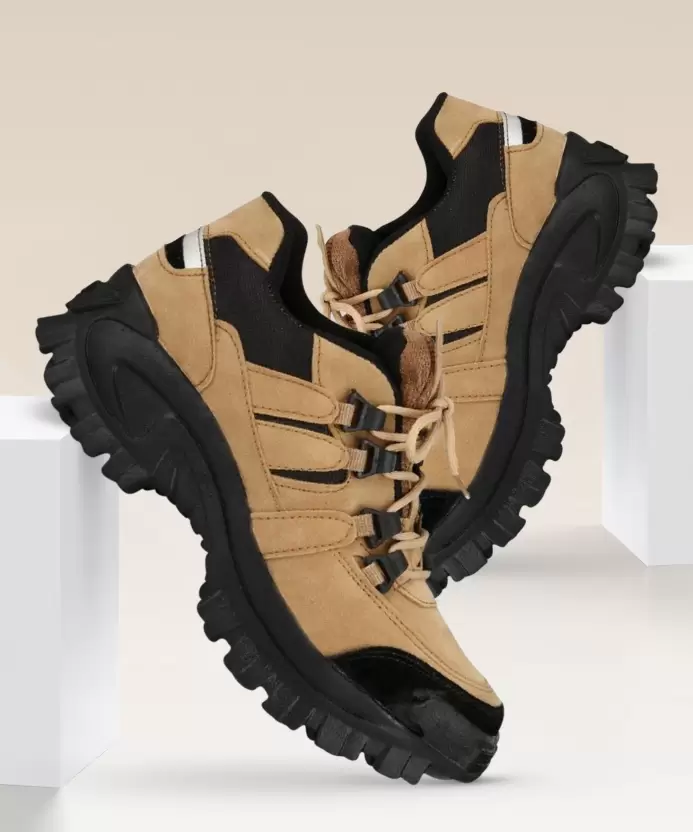
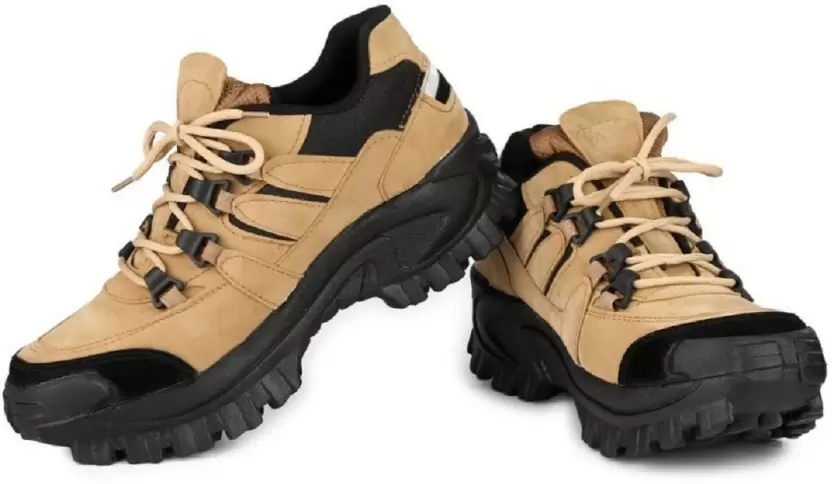
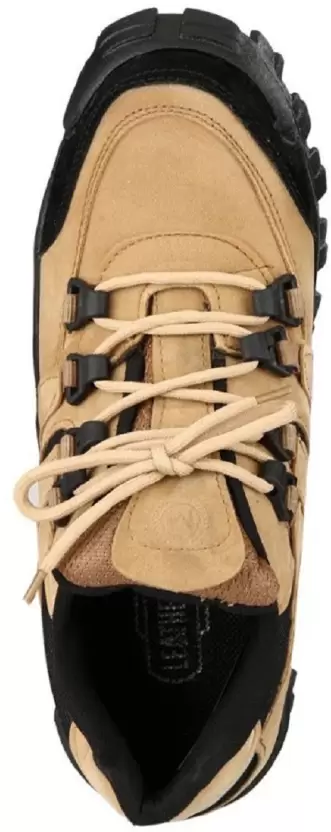
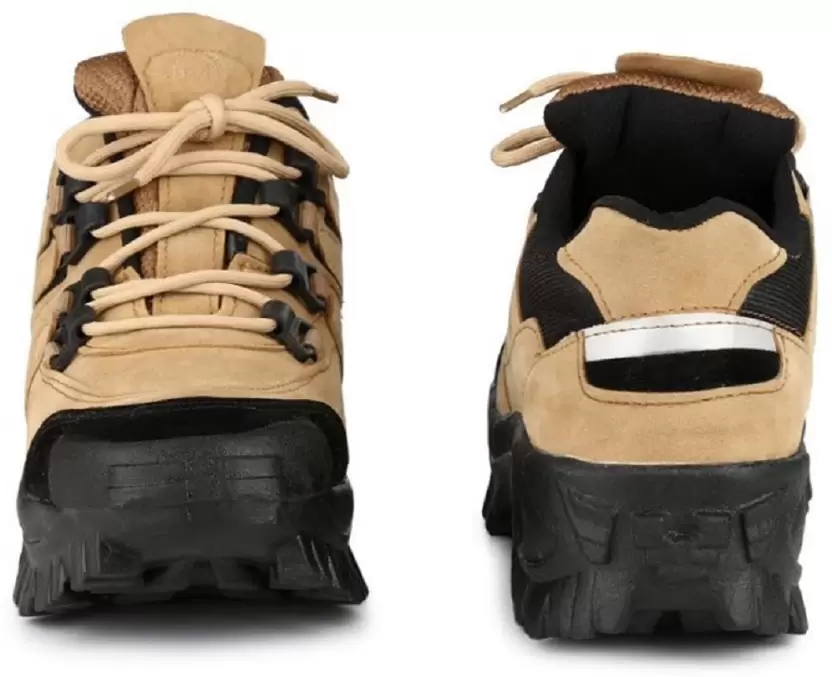
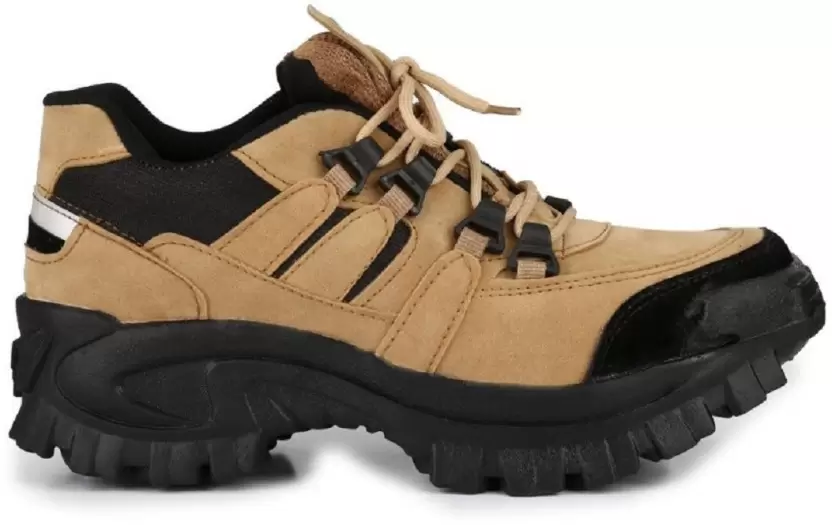
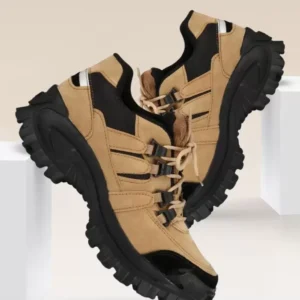
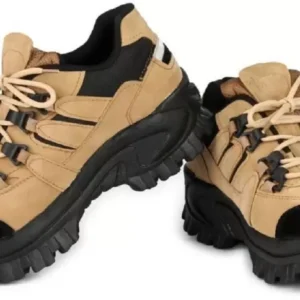
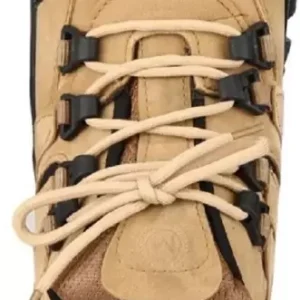
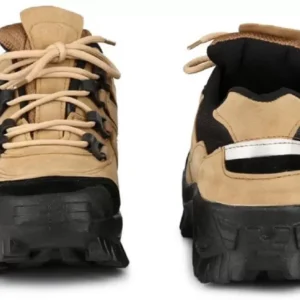
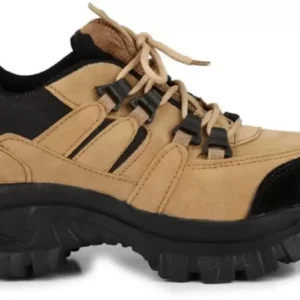


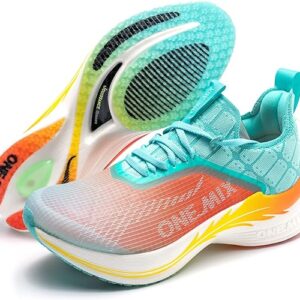
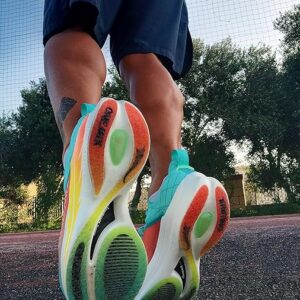


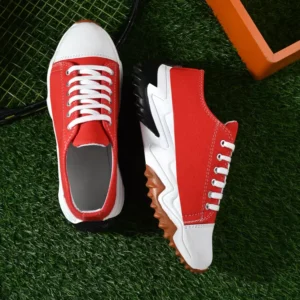
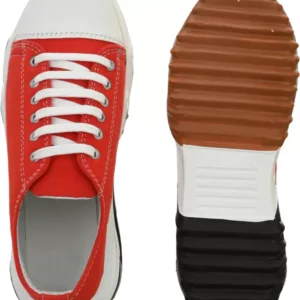
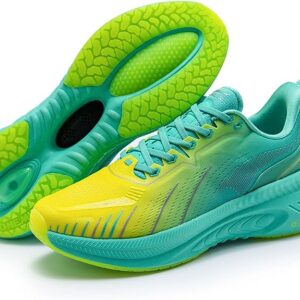
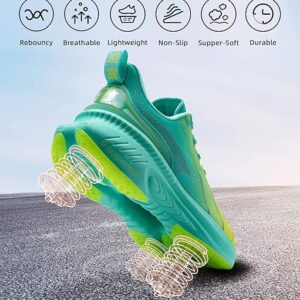
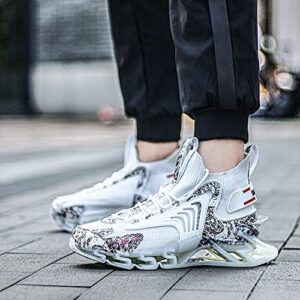
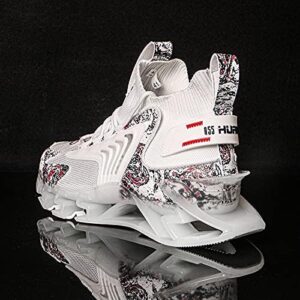
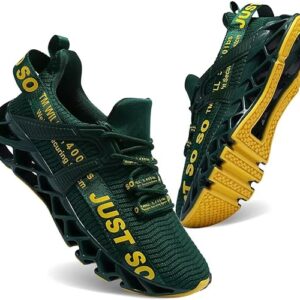
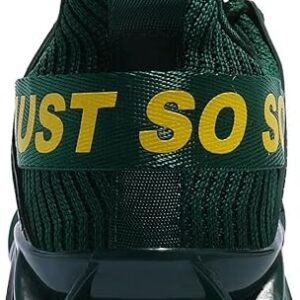
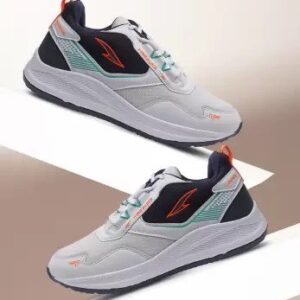
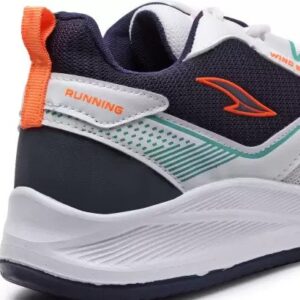
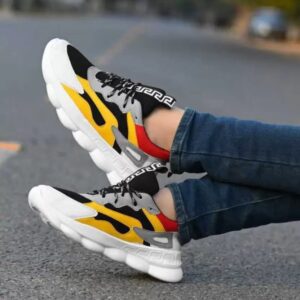
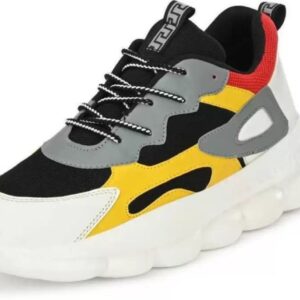
Reviews
There are no reviews yet.